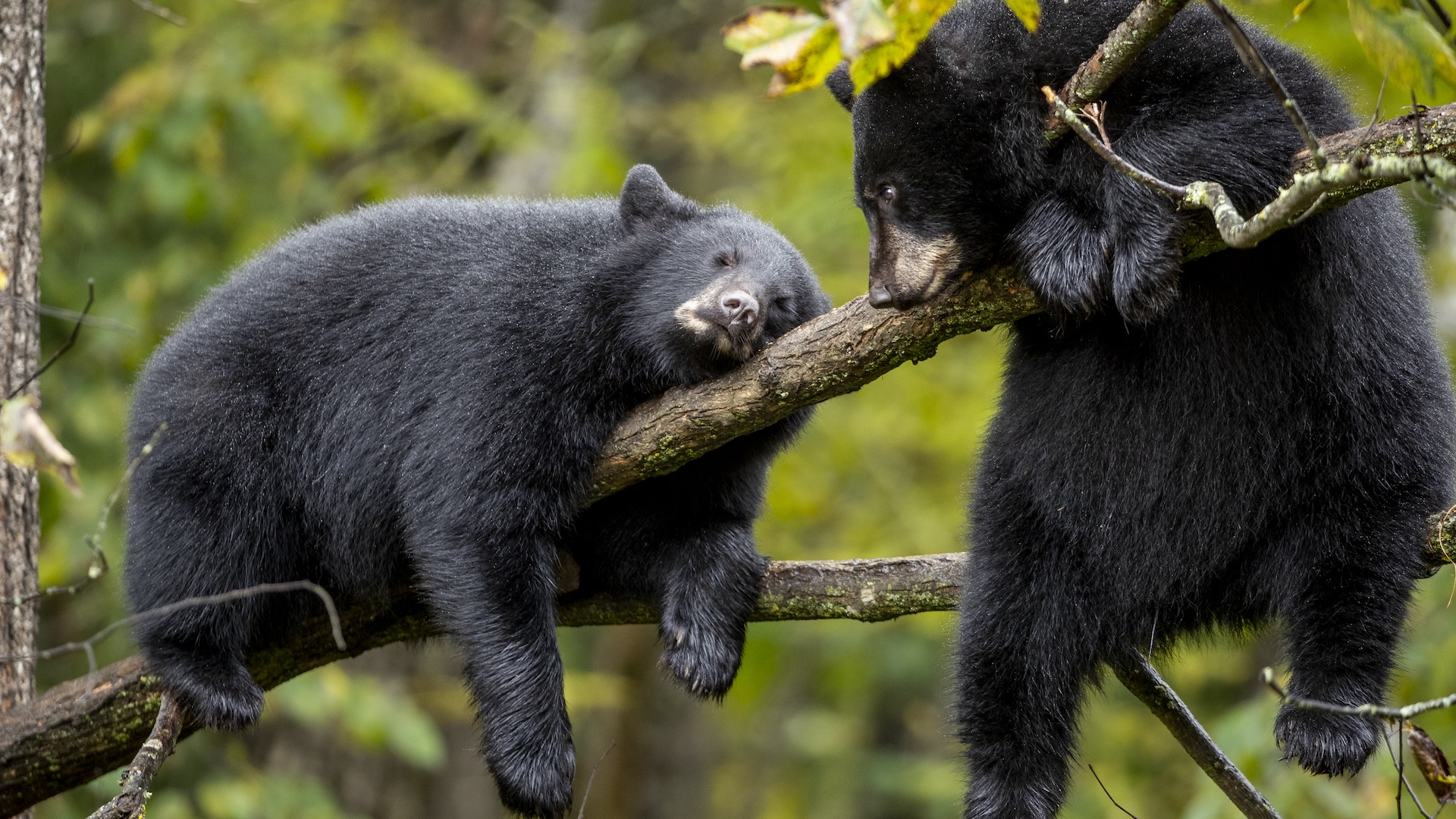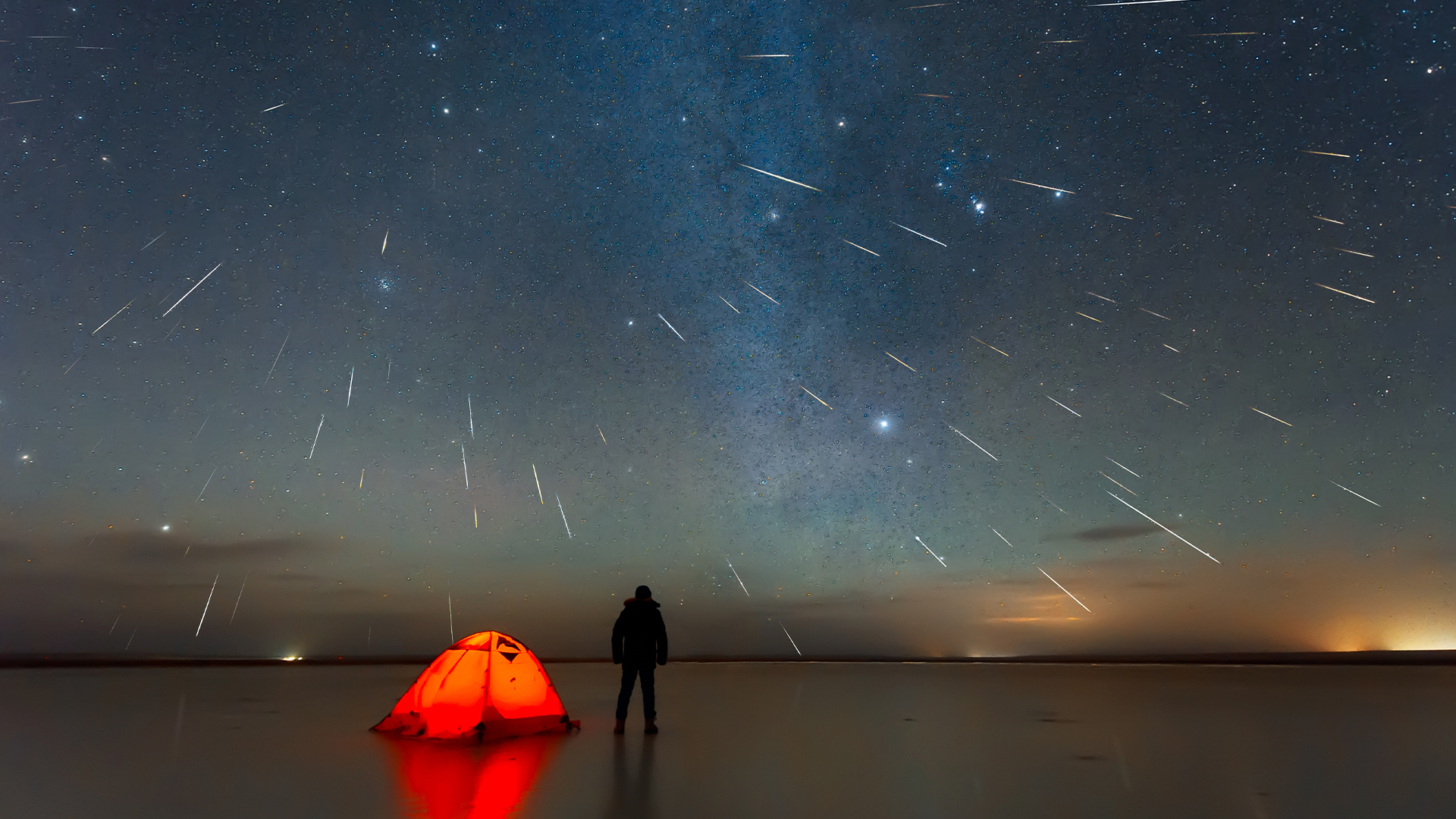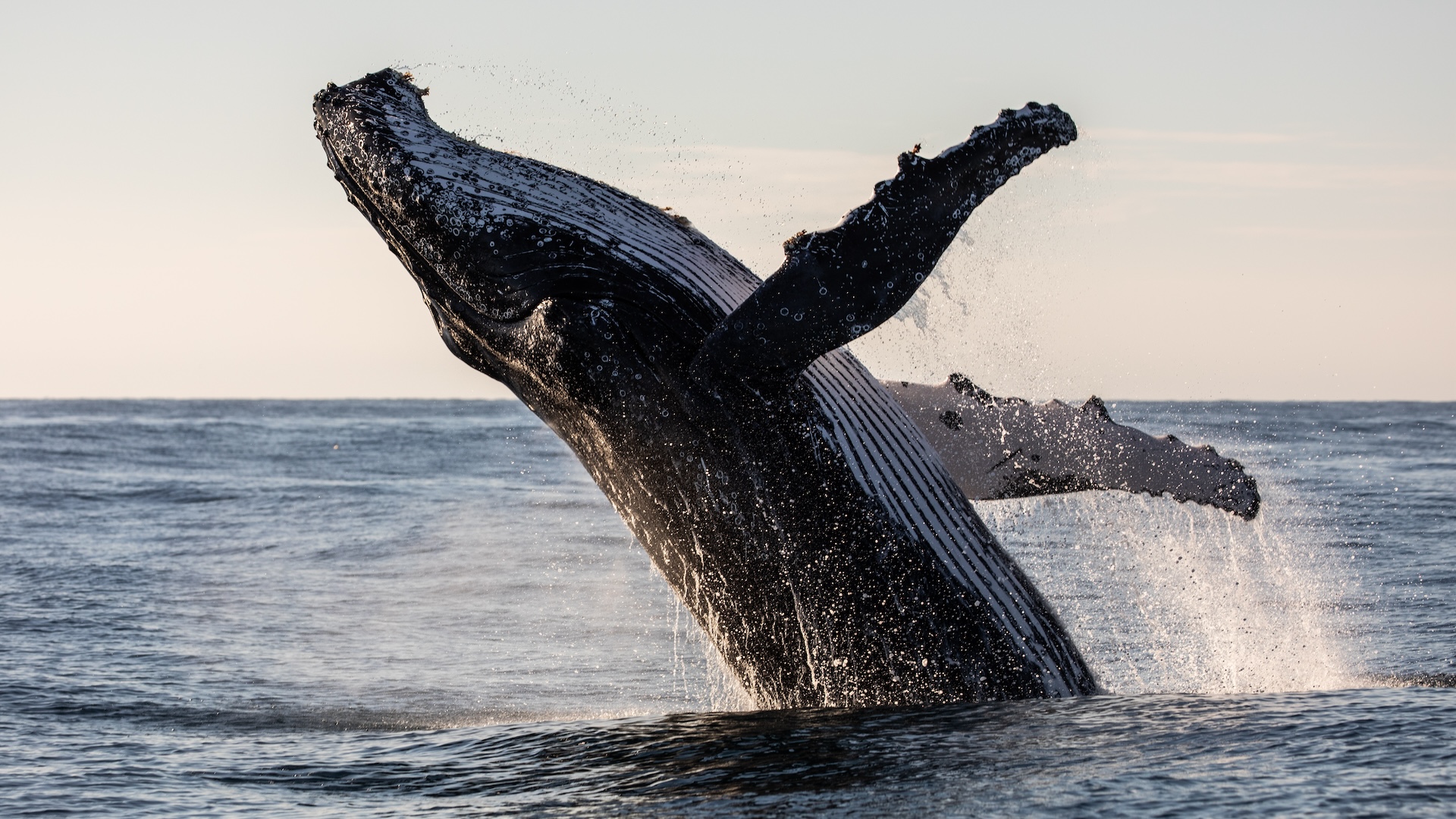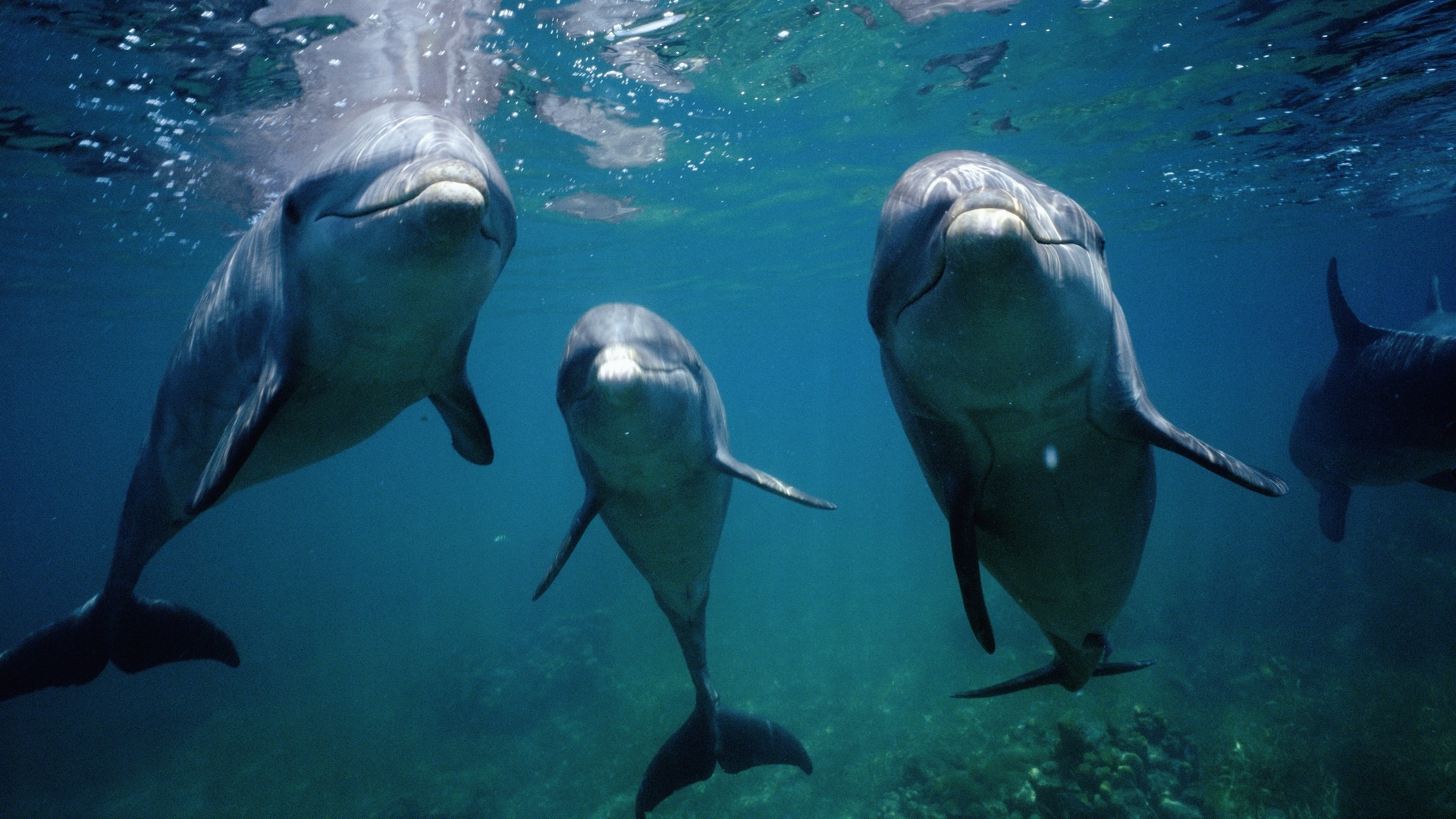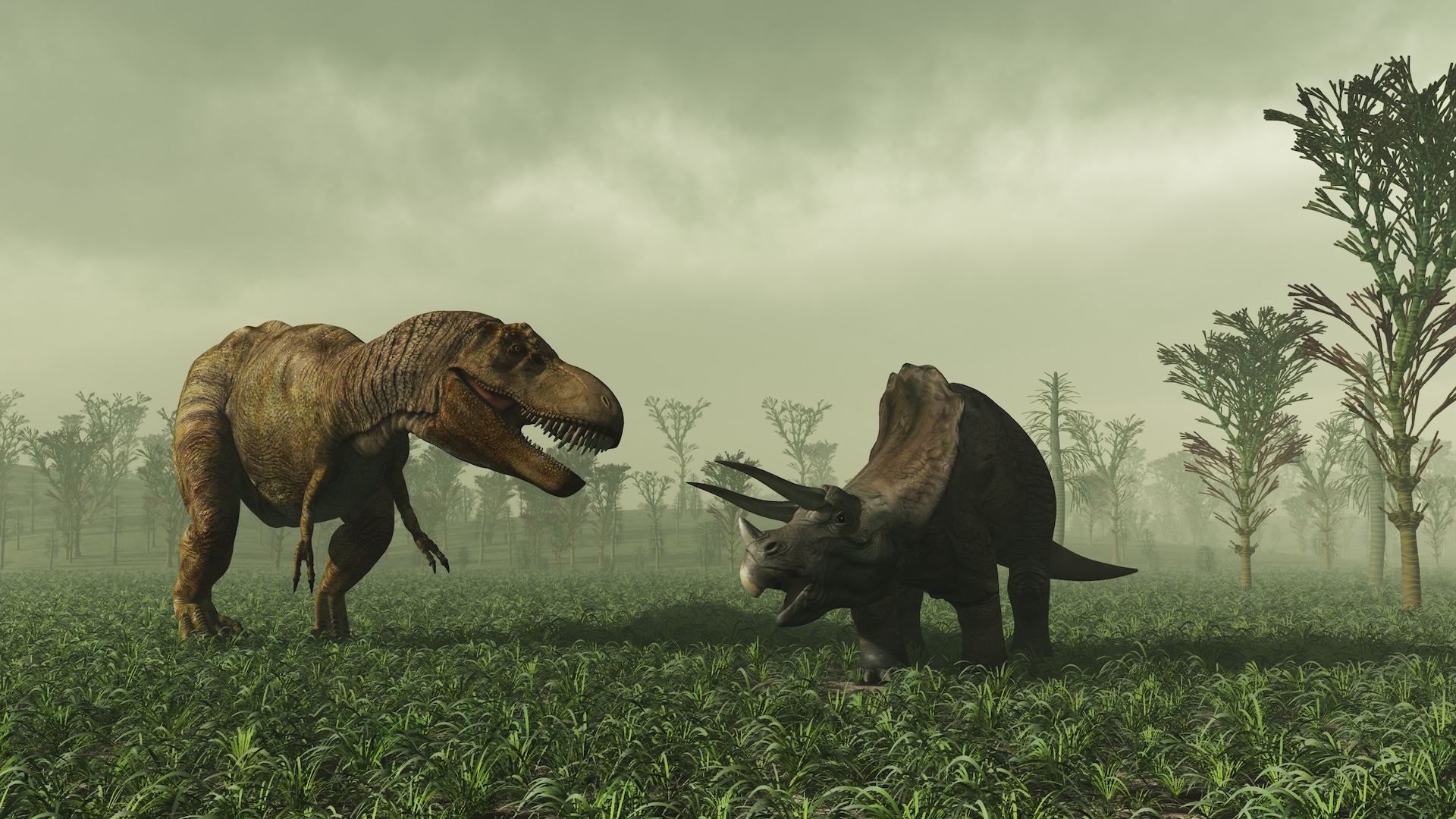Humpback whales: Facts about the singers of the sea
Humpback whales are iconic members of the baleen whale family thanks to their breathtaking breaches and hauntingly beautiful songs.
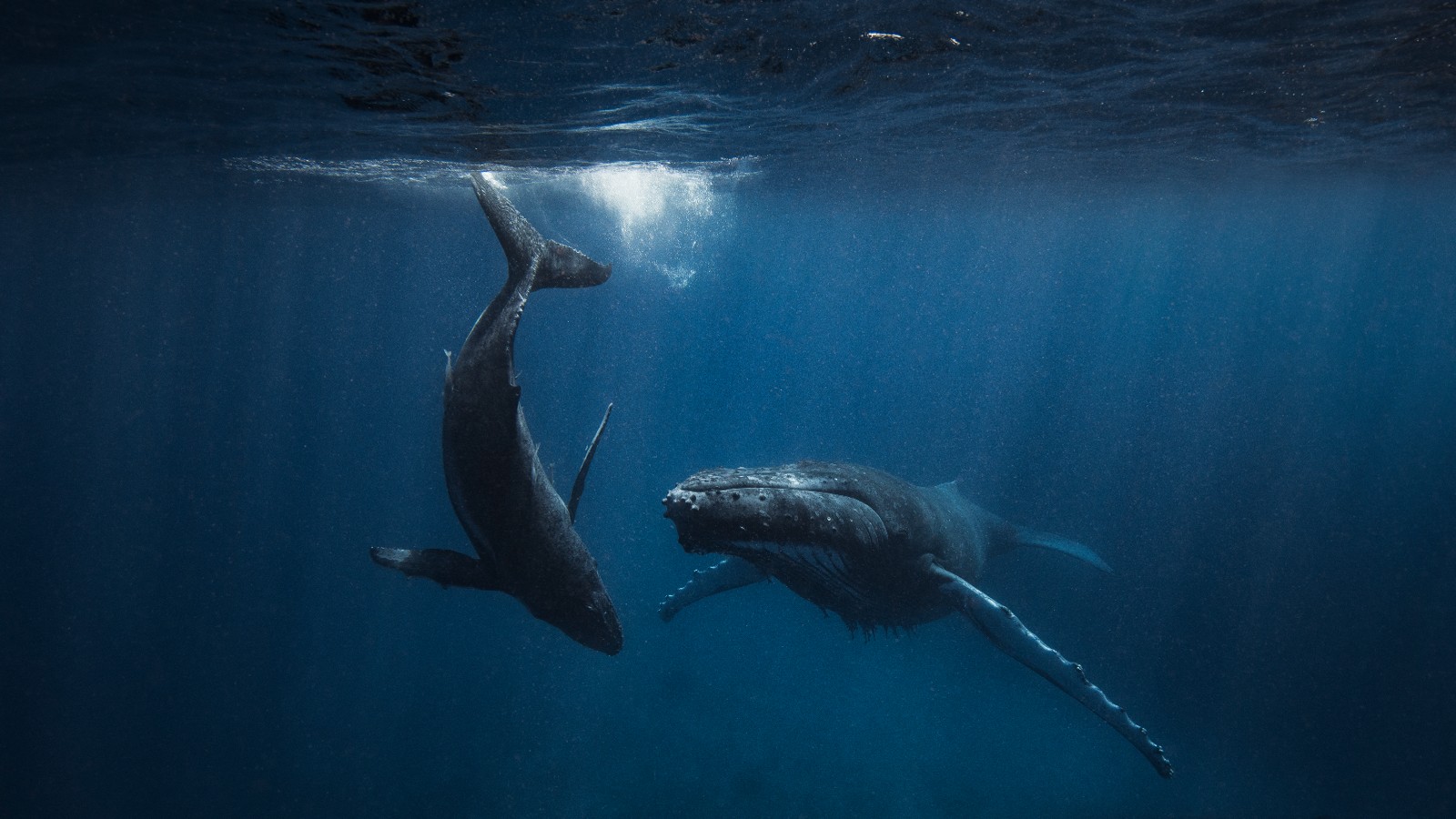
Humpback whales are well known for providing stunning marine spectacles, from breaching out of the water to singing haunting and melodic songs.
These ocean giants are part of a group of baleen — or filter-feeding — whales called rorquals. The rorquals have expandable grooves, or throat pleats, that run from their jaws down to their umbilicus (belly button), giving them some of the stretchiest mouths in the animal kingdom.
Humpbacks have especially long flippers for mobility, and their scientific name, Megaptera novaeangliae, means “great wing of New England," after their extended pectoral fins and the location where European whalers first spotted them. The common name "humpback whale" comes from the humps on their backs that are often visible as the whales dive.
Related: Rare white humpback whale spotted swimming with dolphins Down Under
How big is a humpback whale?
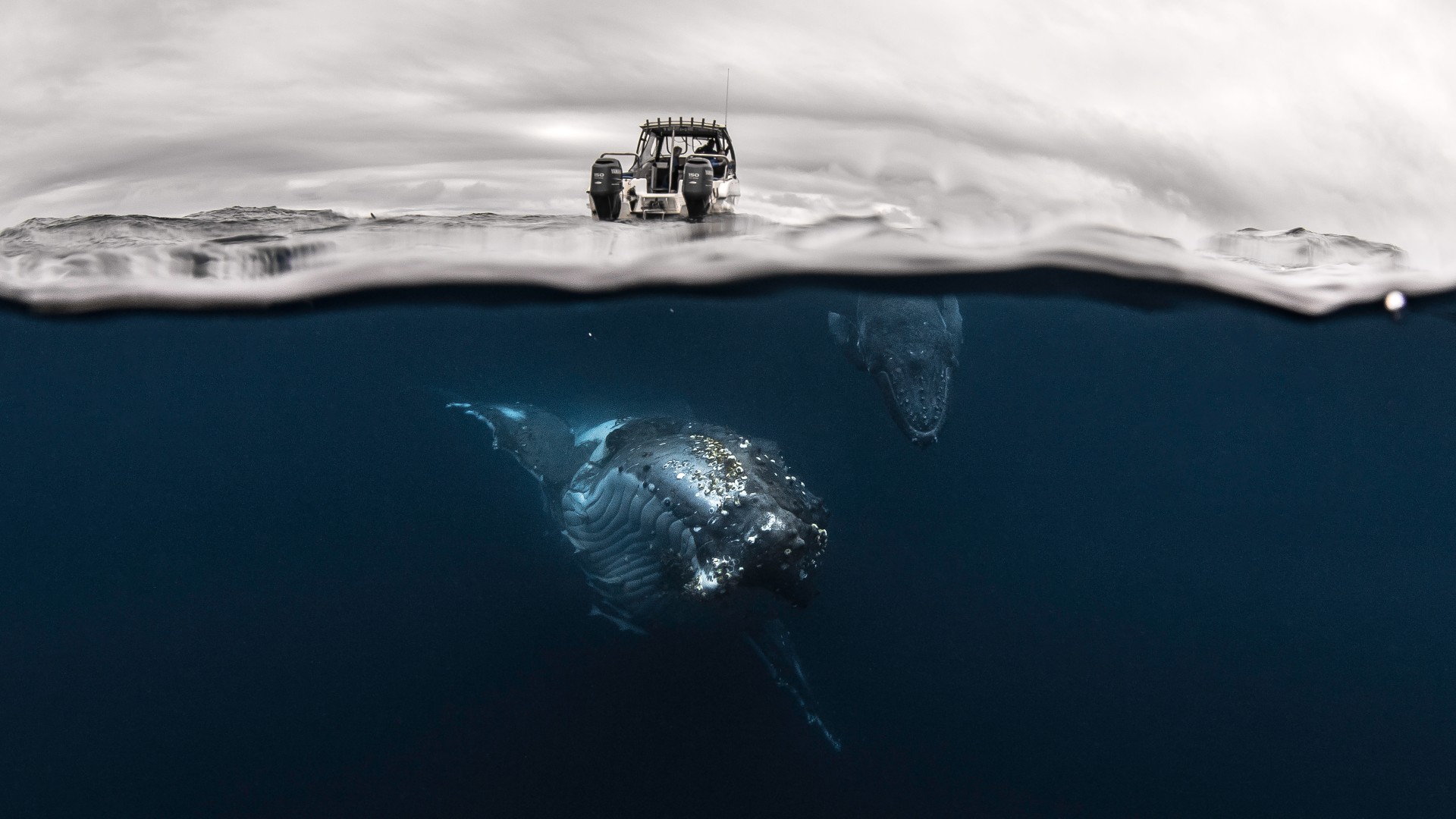
Size: Up to 60 feet long
Life span: Up to 90 years
Conservation status: Least concern
Humpback whales can grow up to around 60 feet (18 meters) long and weigh up to 40 tons (36 metric tons), according to the National Oceanic and Atmospheric Administration (NOAA) Fisheries. That's longer than a school bus and more than double the weight. As massive as they are, humpbacks are still much smaller than the largest whales, blue whales (Balaenoptera musculus), which can grow up to 110 feet (34 m).
Humpbacks have bumps called tubercles on their heads and fins. Each bump contains at least one stiff hair, according to the American Cetacean Society (ACS). Researchers are still learning about the tubercles, but these bumps may help the whales detect movement in the water. A 2011 study published in the journal Integrative and Comparative Biology noted that tubercles may also improve swimming performance and maneuverability, in part by reducing drag.
Where do humpback whales live?
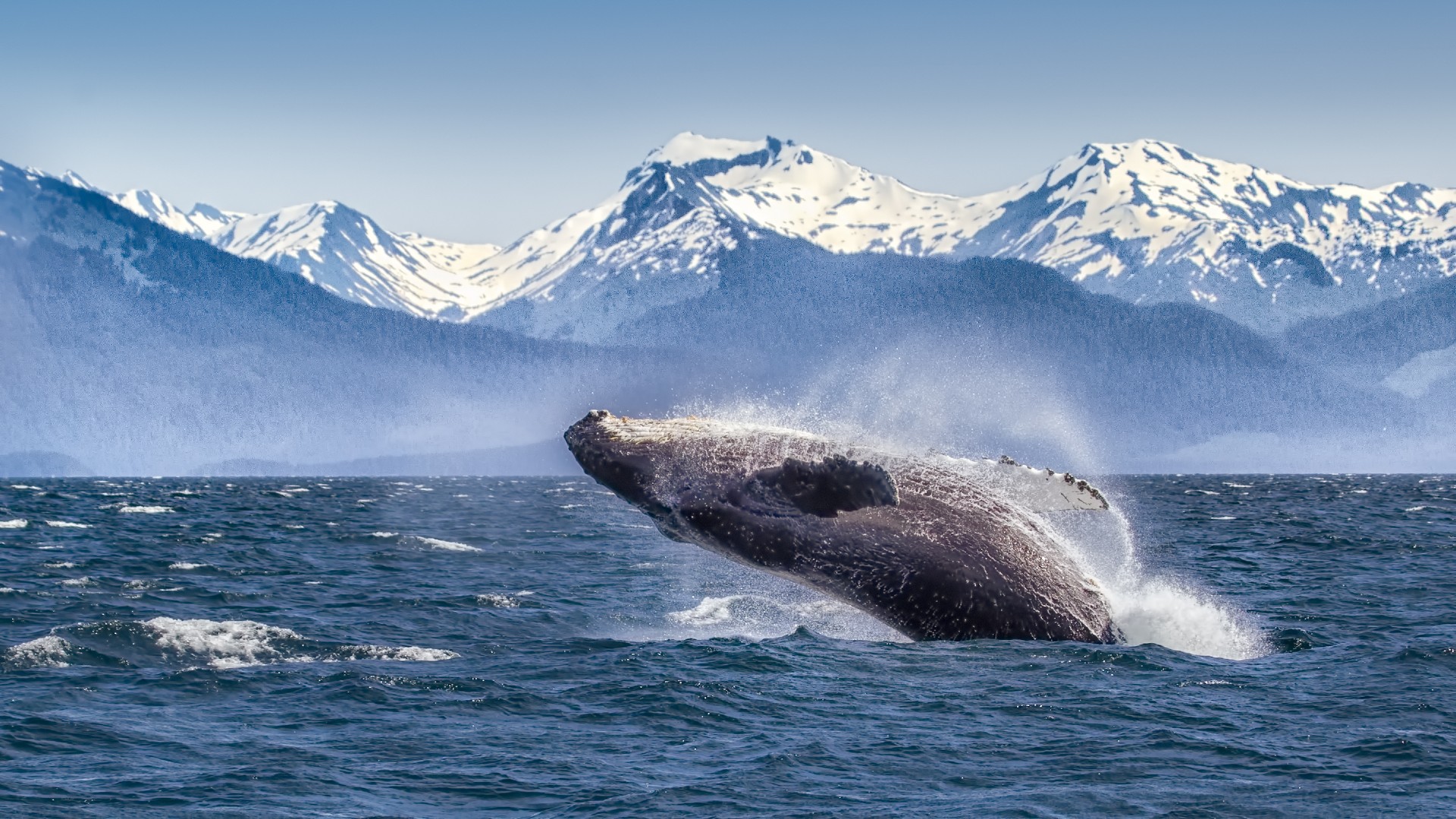
Kingdom: Animalia
Phylum: Chordata
Class: Mammalia
Order: Cetacea
Family: Balaenopteridae
Genus & species: Megaptera novaeangliae
Source: ITIS
Humpback whales live in all the major oceans and usually migrate. For example, some humpbacks in the East Pacific spend their summers in high-latitude feeding areas such as off the coast of Alaska and then swim to warmer waters such as those around Hawaii to have their calves, according to NOAA. The humpbacks living in the Arabian Sea, however, appear to stay put year-round, eating and mating all in the same area, according to the ACS.
A female humpback has a baby whale, or calf, every two to three years and has a year-long gestation period. Newborn humpbacks are more than 10 feet (3 m) long. According to Ocean Wise, an ocean conservation non-profit organization in Canada, humpbacks likely have a lifespan of at least 48 years, while NOAA states that they can live up to around 90 years.
Humpbacks eat up to 3,000 pounds (1,360 kilograms) of small fish and crustaceans every day. Rorquals use their expanding throat pleats to accommodate massive mouthfuls of prey-filled water. They then trap their food by expelling the water through baleen plates — similar to teeth but hairy and used for filtering rather than chewing or biting.
Related: Amazing new video shows baby humpback whales nursing from their moms
What sounds do humpback whales make?
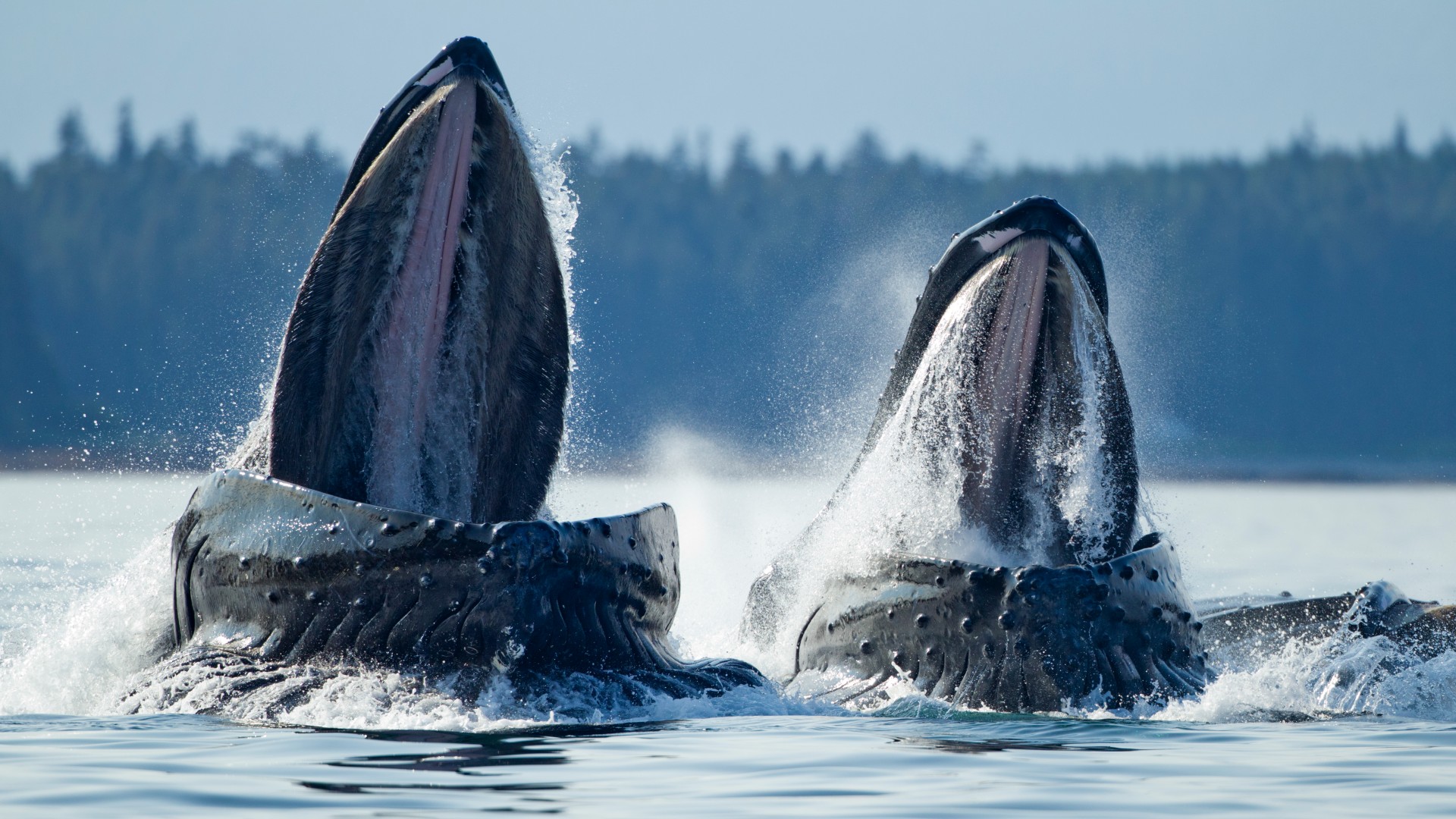
John Moran studies humpback whales in Alaska for NOAA’s Alaska Fisheries Science Center. His research focuses on the impact of recovering humpback whale populations on herring, as well as the impact of whale watching on humpback whales. He also cuts whales free from fishing gear.
Male humpback whales are known for their long, haunting vocalizations, which they use to form songs. Whales often sing when they are in their breeding grounds, but researchers have also heard the whales singing during feeding and migration, and there is still much to learn about humpbacks' song.
"It is complex and it changes every year," John Moran, a fisheries biologist at NOAA, told Live Science. "All the males on a breeding ground will sing the same song. You would think it would be to attract females, but the females don't seem to care."
Has a humpback whale ever attacked a human?

Humpback whales very occasionally injure humans if they feel threatened. For example, a female humpback whale with a calf charged swimmers in Australia in 2020, sending two people to the hospital. Moran noted that the whales are generally very tolerant of humans. "They can lash out," Moran said. "But it's a reaction more than anything aggressive."
Humpbacks are better known for saving than attacking. They will protect each other from potential predators and sometimes appear to extend this behavior to other species, including humans. In 2018, a humpback whale carried a marine biologist on its head, belly and back, seemingly trying to protect the human diver from a nearby tiger shark (Galeocerdo cuvier) — though a second diver appears to be ignored. Moran has also watched humpbacks intervene when sea lions are under attack from orcas (Orcinus orca). The humpbacks will get in between the two species and vocalize, disrupting the orcas' attack. "They have this altruistic reputation," Moran said.
Related: Pod of orcas frees a humpback whale from certain death. Was it intentional?
Are humpback whales endangered?
The International Union for Conservation of Nature (IUCN) classifies humpback whales as least concern, or not threatened with extinction. The species suffered greatly from commercial whaling but recovered after whaling laws were introduced in the North Atlantic in the 1950s, and in the North Pacific and Southern Hemisphere in the 1960s. Today, humpback whale populations are healthy, though they are still threatened by oil and gas drilling, shipping lanes, fishing gear and other human debris, pollution and climate change.
Additional resources
Learn more about humpback whales by reading "Winged Leviathan: The Story of the Humpback Whale" (Colin Baxter Photography Ltd, 2013). Watch footage of a humpback whale protecting a human on BBC Earth's YouTube channel. For more on humpback whale songs, visit NOAA's National Marine Sanctuaries website.
This article was originally written by Live Science contributor Alina Bradford with additional reporting from former Live Science reference editor Tim Sharp (Twitter @TimothyASharp), and has since been updated.
Sign up for the Live Science daily newsletter now
Get the world’s most fascinating discoveries delivered straight to your inbox.

Patrick Pester is the trending news writer at Live Science. His work has appeared on other science websites, such as BBC Science Focus and Scientific American. Patrick retrained as a journalist after spending his early career working in zoos and wildlife conservation. He was awarded the Master's Excellence Scholarship to study at Cardiff University where he completed a master's degree in international journalism. He also has a second master's degree in biodiversity, evolution and conservation in action from Middlesex University London. When he isn't writing news, Patrick investigates the sale of human remains.


